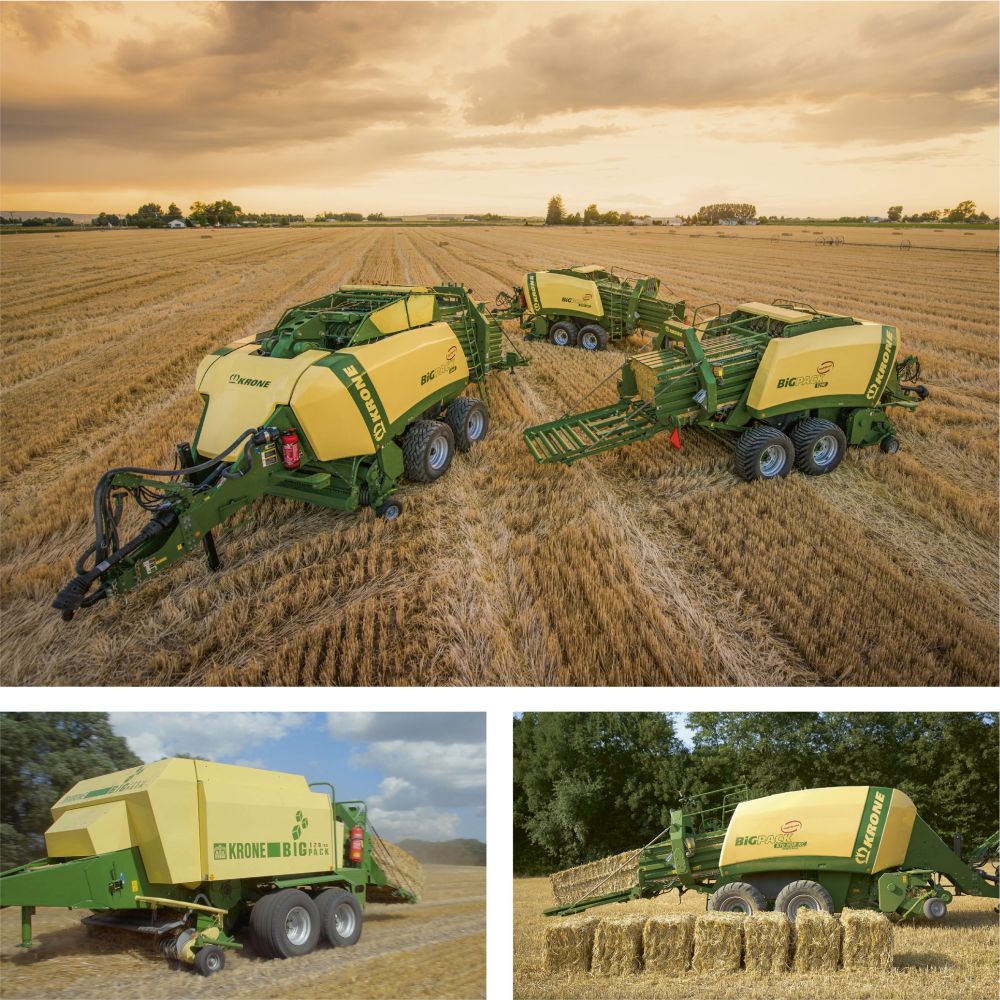Silver jubilee of a success model
Spelle, December 2018. The Krone BiG Pack celebrates its silver jubilee after it was introduced by KRONE as its first big baler 25 years ago. Today, the manufacturer lines up as many as 16 big baler models that offer five different chamber sizes. To celebrate the anniversary, Krone has launched a campaign that offers customers a wealth of information and many special opportunities. The details are available at www.bigpack25.com.
Milestones in the model history
In 1993, Krone came out as the only manufacturer in the world who was offering a big baler with a tandem axle and a cutting system (3 blades). Another novelty was the overload protection clutch on the shearpin-less packer that returned automatically to its previous position. As the company continued developing the BiG Pack, it introduced the VFS variable filling system in 1999. The system boasted four packers and one feeder, with the feeder also serving as a packer until the chamber is filled to capacity. When the feeding chamber is filled, a retainer gives way to the pressure and clears the way for the material to enter the baling chamber, releasing a clutch as it does so. This clutch swings the cam track of the feeder into a different position in which the feeder actually serves as a feeder forwarding the crop into the baling chamber. Once this cycle is completed, the retainer and feeder automatically return to their previous positions. It is this technology that accounts for a rock-hard bale that keeps its shape.
In 2003, KRONE presented the MultiBale baler, the first machine of its kind to produce both big bales and also up to 9 small bales, all tied into one big pack. The MultiBale system is particularly popular in the horse community, because the smaller bales are so much easier to handle.
In 2005, the HDP system marked another milestone in the model history. HDP stands for High Density Press and achieves 25% higher bale densities than traditional big balers. With the Krone HDP system allowing straw traders to use the full capacity of their 40t trucks, it boosts the productivity of the entire harvesting chain enormously, cutting down handling and transport times and of course transport costs. In this respect, the HDP technology has had a major impact on the international straw trade.
Then in 2007, the PreChop made its debut. Forming an integral part of the machine, this front chopper not only guarantees uniform chop lengths but also fragments the material visibly. Then in 2011, the BiG Pack HighSpeed set another record, being able to deliver an up to 20% higher throughput than its predecessor while maintaining the same density.
Another breakthrough came in 2013 when Krone presented the BiG Pack HDP II, which brought a significant increase in throughput and density. This new level of performance was achieved by using stronger components and assemblies including a beefier pick-up and a higher number of double knotters which increased to eight.
In 2015, Krone combined the features of three BiG Packs to create a new model - the BiG Pack 870 HDP (XC) MultiBale. In addition, the BiG Pack 870 HDP HighSpeed closed the gap between the established lower-capacity HDP models and the modern traditional models. In 2016, Krone presented the VariCut (VC) cutting system with 51 blades thereby complementing its available options for producing short chops. Then in 2017, a completely new machine was added to the KRONE fleet: the BaleCollect bale accumulator which was introduced at Agritechnica 2017. The accumulator collects up to five bales as they are ejected by the baler. It has a telescoping drawbar that makes for absolutely safe castering behind the baler during road travel.
The very first 80-80 production machine was sold to German contractor Herbert Ruge in 1994. 16 years and 330,000 bales on, he invested in a new baler, and the very first BiG Pack found a place in the KRONE museum.
![[Translate to EN:] [Translate to EN:]](/fileadmin/_processed_/7/5/csm_EasyCut_Freisteller_468x468px_14_c46259e600.png)
![[Translate to EN:] [Translate to EN:]](/fileadmin/_processed_/9/f/csm_ActiveMow_KRONE_Freisteller_468x468px_90896875ef.png)
![[Translate to EN:] [Translate to EN:]](/fileadmin/_processed_/7/5/csm_EasyCut_R_468x468px_57ba0a365d.png)
![[Translate to EN:] [Translate to EN:]](/fileadmin/_processed_/4/c/csm_EasyCutTS_TC_Freisteller-02_468x468px17_e254895969.png)
![[Translate to EN:] [Translate to EN:]](/fileadmin/_processed_/5/1/csm_EasyCutB_Freisteller_468x468px13_dcaf1d42a4.png)
![[Translate to EN:] [Translate to EN:]](/fileadmin/_processed_/4/b/csm_EasyCut_F_Highland_468x468px_13a01ebe6c.png)
![[Translate to EN:] [Translate to EN:]](/fileadmin/_processed_/3/d/csm_Vendro_Freisteller_468x468px34_cae6bbd02e.png)
![[Translate to EN:] [Translate to EN:]](/fileadmin/_processed_/0/3/csm_Freisteller_KWT_468x468px_aec722e4d8.png)
![[Translate to EN:] [Translate to EN:]](/fileadmin/_processed_/8/c/csm_Freisteller_Highland_Vendro_468x468px_3d3deddc5c.png)
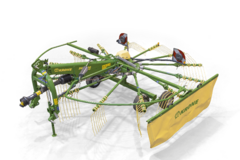
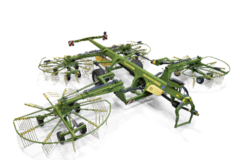
![[Translate to EN:] [Translate to EN:]](/fileadmin/_processed_/e/0/csm_Freisteller_Highland_Swadro_468x468px_e4de84fa0f.png)
![[Translate to EN:] [Translate to EN:]](/fileadmin/_processed_/0/4/csm_Bellima_KRONE_Freisteller_468x468px3_1b2baf5141.png)
![[Translate to EN:] [Translate to EN:]](/fileadmin/_processed_/6/f/csm_Fortima_Freisteller_468x468px20_62bb2513c4.png)
![[Translate to EN:] [Translate to EN:]](/fileadmin/_processed_/0/1/csm_Comprima_Freisteller_468x468px11_f9daee659a.png)
![[Translate to EN:] [Translate to EN:]](/fileadmin/_processed_/7/2/csm_Comprima_Plus_Freisteller_468x468px12_3fc2796f9a.png)
![[Translate to EN:]](/fileadmin/_processed_/6/d/csm_ComPack_AK17649_275143_468_fc3b57f496.png)
![[Translate to EN:] [Translate to EN:]](/fileadmin/_processed_/9/a/csm_CombiPACK__AK_270094_468px_e8c97eae1e.png)
![[Translate to EN:]](/fileadmin/_processed_/1/c/csm_VariPack_Freisteller_01_a70a02f9f9.png)
![[Translate to EN:]](/fileadmin/_processed_/c/2/csm_VariPackPlus_Freisteller_468x468px33_142df8329b.png)
![[Translate to EN:]](/fileadmin/_processed_/f/1/csm_VariPack_Pro__AK_269063_468px_23b96ff27c.png)
![[Translate to EN:] [Translate to EN:]](/fileadmin/_processed_/9/d/csm_EasyWrap150_Freisteller_468x468px18_ee82a0e7eb.png)
![[Translate to EN:] [Translate to EN:]](/fileadmin/_processed_/1/2/csm_EasyWrap165T_Freistellern_468x468px19_34801004fa.png)
![[Translate to EN:] [Translate to EN:]](/fileadmin/_processed_/7/0/csm_BiGPack_KRONE_Freisteller_468x468px_0850ee1d84.png)
![[Translate to EN:] [Translate to EN:]](/fileadmin/_processed_/e/0/csm_BiGPack_5-Generation_Freisteller_468x468px8_a813ec6a9f.png)
![[Translate to EN:] [Translate to EN:]](/fileadmin/_processed_/9/8/csm_BiGPack_AK10841_280880_468px_116a7e307b.png)
![[Translate to EN:] [Translate to EN:]](/fileadmin/_processed_/0/b/csm_Bale_Collect_468x468px_eaea52b993.png)
![[Translate to EN:] [Translate to EN:]](/fileadmin/_processed_/5/7/csm_Premos5000-Freisteller_468x468px27_86749ba5d4.png)
![[Translate to EN:] [Translate to EN:]](/fileadmin/_processed_/9/0/csm_KRONE_Freisteller_mit-schatten_468x468px2_bf6d5d115c.png)
![[Translate to EN:] [Translate to EN:]](/fileadmin/_processed_/f/c/csm_MX_Freisteller_468x468px26_6be6e9aee6.png)
![[Translate to EN:] [Translate to EN:]](/fileadmin/_processed_/4/f/csm_RX_Freisteller_468x468px_6ecb398329.png)
![[Translate to EN:] [Translate to EN:]](/fileadmin/_processed_/0/a/csm_ZX_Freisteller_468x468px_cc1e39f93f.png)
![[Translate to EN:] [Translate to EN:]](/fileadmin/_processed_/4/f/csm_TX_Freisteller_468x468px_49a9760536.png)
![[Translate to EN:] [Translate to EN:]](/fileadmin/_processed_/0/3/csm_GX_Freisteller_468x468px21_24b0cbfe61.png)
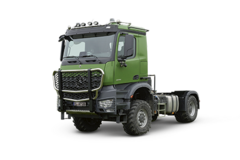
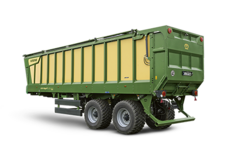
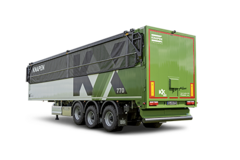
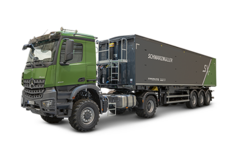
![[Translate to EN:] [Translate to EN:]](/fileadmin/_processed_/5/7/csm_BiGM_KRONE_Freisteller_468x468px4_a92e7475bc.png)
![[Translate to EN:] [Translate to EN:]](/fileadmin/_processed_/4/7/csm_BiGX480_Freisteller_468x468px9_1017c2fa62.png)
![[Translate to EN:] [Translate to EN:]](/fileadmin/_processed_/c/5/csm_BiGX680_Freisteller_468x468px10_c77559da75.png)
